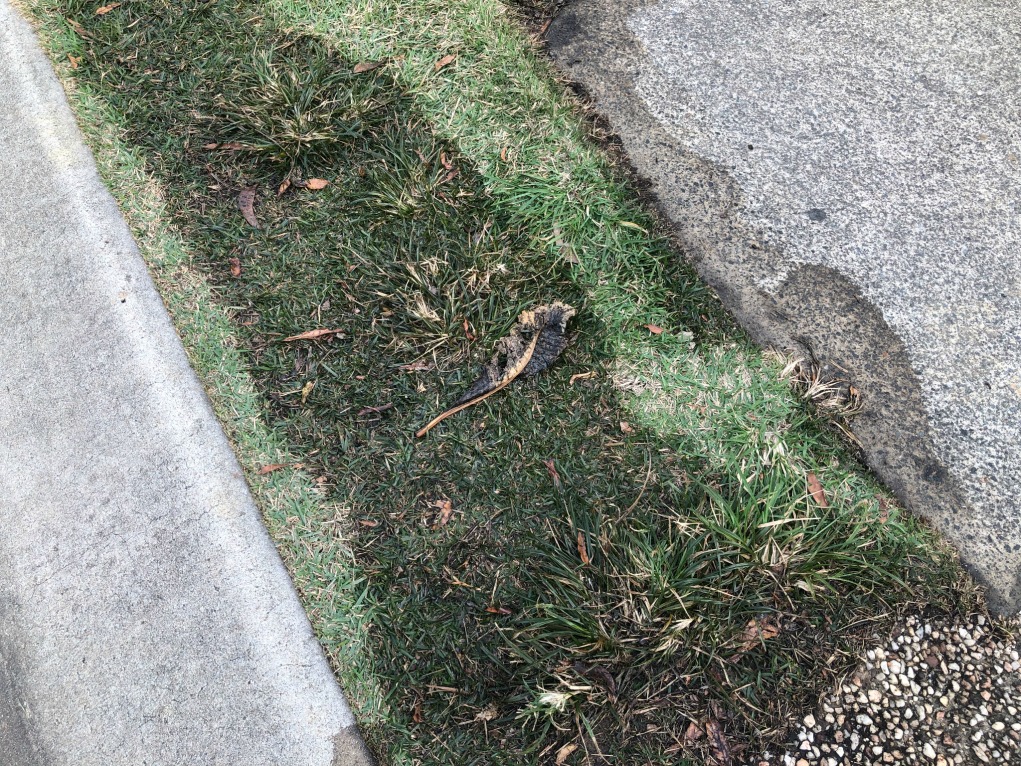Overview To Water Leakage Detection At Home
Overview To Water Leakage Detection At Home
Blog Article
Everyone has his or her own way of thinking about Leaking water lines.

Early discovery of leaking water lines can minimize a potential calamity. Some tiny water leaks might not be visible.
1. Take A Look At the Water Meter
Every home has a water meter. Examining it is a proven manner in which helps you uncover leakages. For beginners, switch off all the water sources. Make sure nobody will certainly purge, utilize the tap, shower, run the washing maker or dish washer. From there, go to the meter as well as watch if it will certainly transform. Because nobody is utilizing it, there should be no motions. That suggests a fast-moving leakage if it relocates. If you detect no modifications, wait a hr or two as well as examine back once more. This means you may have a sluggish leakage that might also be below ground.
2. Check Water Consumption
Evaluate your water expenses and track your water usage. As the one paying it, you ought to observe if there are any type of disparities. If you detect sudden changes, regardless of your intake coinciding, it suggests that you have leakages in your plumbing system. Keep in mind, your water expense ought to fall under the same range every month. A sudden spike in your bill shows a fast-moving leakage.
A consistent increase every month, also with the exact same practices, reveals you have a slow-moving leak that's additionally gradually escalating. Call a plumber to extensively inspect your residential property, especially if you really feel a warm location on your floor with piping underneath.
3. Do a Food Coloring Examination
30% comes from commodes when it comes to water usage. Examination to see if they are running appropriately. Drop specks of food shade in the tank and also wait 10 minutes. There's a leak between the container and dish if the color somehow infiltrates your dish during that time without flushing.
4. Asses Exterior Lines
Do not forget to inspect your exterior water lines too. Examination faucets by attaching a yard tube. Ought to water permeate out of the link, you have a loosened rubber gasket. Replace this as well as make certain all connections are tight. It will certainly aid obtain it professionally took a look at and also maintained yearly if you've obtained a lawn sprinkler system. One little leakage can waste tons of water as well as surge your water expense.
5. Assess the scenario as well as examine
Home owners ought to make it a practice to examine under the sink counters and also even inside cabinets for any kind of bad odor or mold growth. These 2 red flags suggest a leak so timely attention is called for. Doing regular evaluations, also bi-annually, can save you from a significant problem.
Inspect for stainings as well as compromising as many home appliances and pipelines have a life expectancy. If you believe leaking water lines in your plumbing system, do not wait for it to intensify.
Early discovery of leaking water lines can minimize a prospective calamity. Some small water leakages may not be visible. Checking it is a proven method that aids you discover leakages. One little leak can lose tons of water as well as increase your water bill.
If you suspect leaking water lines in your plumbing system, do not wait for it to escalate.
WARNING SIGNS OF WATER LEAKAGE BEHIND THE WALL
PERSISTENT MUSTY ODORS
As water slowly drips from a leaky pipe inside the wall, flooring and sheetrock stay damp and develop an odor similar to wet cardboard. It generates a musty smell that can help you find hidden leaks.
MOLD IN UNUSUAL AREAS
Mold usually grows in wet areas like kitchens, baths and laundry rooms. If you spot the stuff on walls or baseboards in other rooms of the house, it’s a good indicator of undetected water leaks.
STAINS THAT GROW
When mold thrives around a leaky pipe, it sometimes takes hold on the inside surface of the affected wall. A growing stain on otherwise clean sheetrock is often your sign of a hidden plumbing problem.
PEELING OR BUBBLING WALLPAPER / PAINT
This clue is easy to miss in rooms that don’t get much use. When you see wallpaper separating along seams or paint bubbling or flaking off the wall, blame sheetrock that stays wet because of an undetected leak.
BUCKLED CEILINGS AND STAINED FLOORS
If ceilings or floors in bathrooms, kitchens or laundry areas develop structural problems, don’t rule out constant damp inside the walls. Wet sheetrock can affect adjacent framing, flooring and ceilings.
https://www.servicemasterbyzaba.com/blog/how-to-detect-water-leakage-in-walls/

I'm very fascinated with Detecting hidden plumbing leaks and I really hope you enjoyed reading the new post. Are you aware of someone else who is interested in the niche? Please feel free to share it. Thanks so much for your time spent reading it.
Report this page